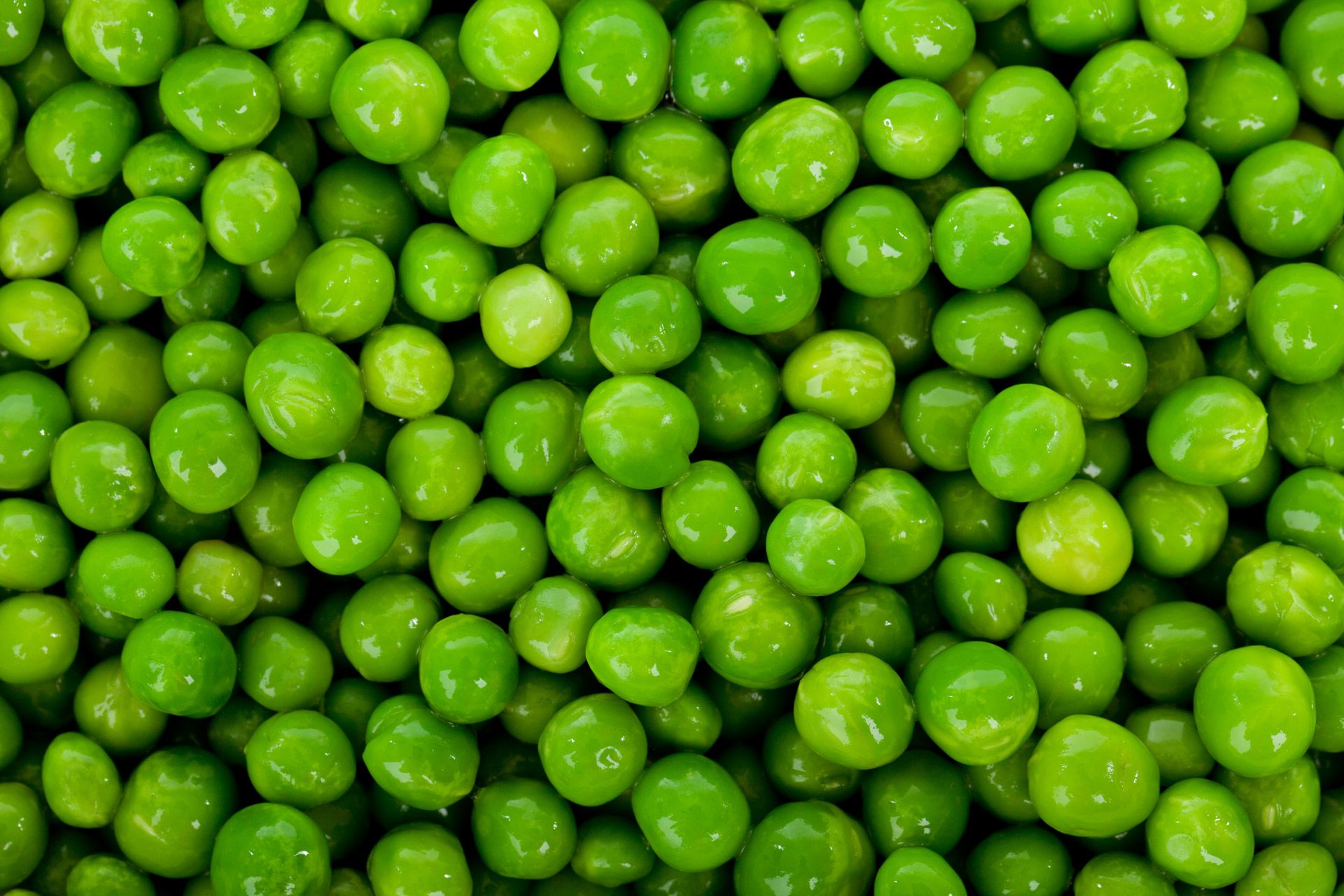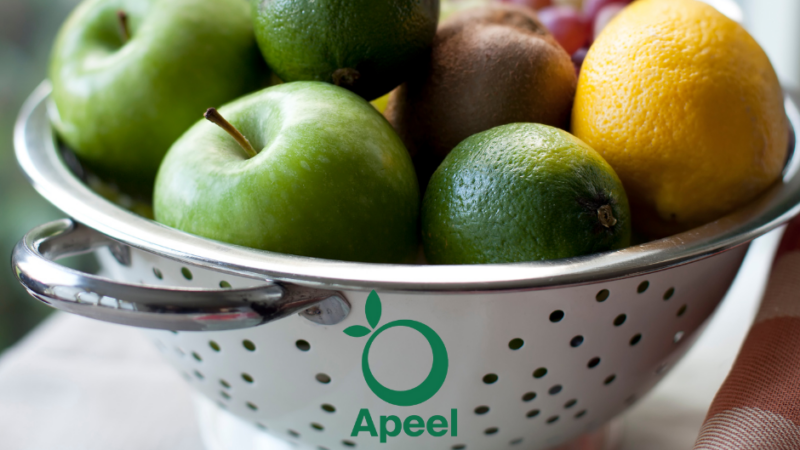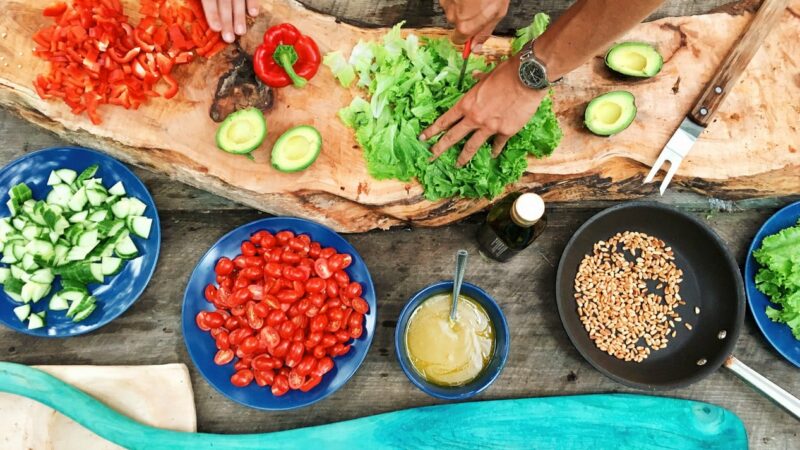Get your kids to eat: Green Peas

We don’t usually think about green peas as an exotic food in terms of nutrient composition but we should. Because of their sweet taste and starchy texture, we know that green peas must contain some sugar and starch (and they do). But they also contain a unique assortment of health-protective phytonutrients. One of these phytonutrients, a polyphenol called coumestrol, has recently come to the forefront of research with respect to stomach cancer protection.
A Mexico City-based study has shown that daily consumption of green peas along with other legumes lowers risk of stomach cancer (gastric cancer), especially when daily coumestrol intake from these legumes is approximately 2 milligrams or higher. Since one cup of green peas contains at least 10 milligrams of coumestrol, it’s not difficult for us to obtain this remarkable health benefit. (source)
Dried peas need to be washed and any discoloured peas or little stones discarded. Split peas don’t need to be soaked but doing so helps speed up the cooking time, but if adding to a soup they don’t need soaking. Simply wash, add to the rest of the ingredients, and cook.
Dr. Andrew Weil on health benefits and how to cook them:
There are few of us who have not found comfort in a steaming bowl of split pea soup at one time or another. Split peas are the dried, peeled, and most often split spherical seeds of the common pea plant, Pisum sativum. They can be purchased whole and un-split as well, though these take longer to cook.
Peas are thought to have originated somewhere between the Middle East and Central Asia; and, until the 16th century, when more tender varieties were able to be cultivated, they were almost exclusively consumed by humans in their dried form.
Just one cup of cooked split peas provides a full 65 percent of the Daily Value for fiber, making them, like all legumes, highly beneficial in blood sugar management and cholesterol control. Dried peas are also a good source of B vitamins (folate and thiamin) and various minerals such as magnesium, phosphorous and potassium.
Cooking time: Split peas, 30-60 minutes; whole peas, 60-90 minutes
Liquid per cup of legume: Split peas, 4 cups; whole peas, 6 cups
How to cook dried peas: While dried split peas do not need to be soaked, dried whole peas should be soaked overnight prior to cooking.
For split peas, combine in a pot with fresh, cold water for cooking. Place on stove and bring to a boil in a pot with a lid. Once boiling, reduce to a simmer, tilting the lid slightly to allow steam to escape, and leave to cook for up to 60 minutes, or until mushy.
For whole peas, drain soaking water and replace with fresh, cold water for cooking. Place on stove and bring to a boil in a pot with a lid. Once boiling, reduce to a simmer, tilting lid slightly to allow steam to escape, and leave to cook for up to 90 minutes, or until tender. (source)
Here is my all-time favorite recipe for split-pea soup WITH fresh (frozen) peas added at the end. I often adapt this recipe by replacing the bacon (nitrate free of course) with 1-cup of leftover ham that’s been diced, labeled, frozen and ready for soup.
This recipe is superbly delicious, and it freezes beautifully.
Speedy Split Pea Soup With Bacon (or ham)
Makes 6 generous servings (or lots to freeze) and is ready in about an hour.
1 package bacon, chopped (or 1-2 cups diced cooked ham)
1 large onion, chopped
2 carrots, peeled and chopped
2 stalks celery, washed and chopped
2 cloves garlic, peeled sliced thinly
2 cups dried split peas
8 cups chicken or vegetable stock
2 bay leaves
1 tablespoon dried rosemary
Salt and pepper
2 cups of frozen peas
1 tablespoon of any vinegar
Place bacon in a large soup pot over a medium high heat. When the bacon is brown and crispy drain away the fat, leaving about 2 Tbsp in the pot (alternately, first cook veg in a bit of EVOO and add thawed cooked ham when adding dried peas, stock and seasonings). Add onion, carrots, celery and garlic to the pot and sauté for a few minutes. Add the dried peas, stock, bay leaves, rosemary and salt and pepper. Bring to a simmer and continue cooking until the soup is thick and the peas are completely soft. Stir in frozen peas and stir to heat through. Stir in the vinegar and add salt and pepper to taste. (recipe source) Gina’s Note: The bright pop of flavor from the fresh/frozen green peas adds a real freshness and depth to this dish, and the vinegar (I use red wine vinegar) simply highlights all the flavours already there. You won’t actually taste vinegar, it’s simply doing its magic of heightening flavors.






